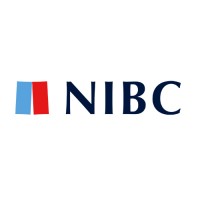Today, Maarten highlights the differences between in-house financing and traditional bank financing.
In-House Financing vs Bank Financing; What is the Difference?
In summary, in-house financing and bank financing offer different ways to secure funding. Here’s a breakdown of the key differences:
-
Funding source: In-house financing comes from within the company (internal), while bank financing comes from an external lender.
-
Cash flow: In-house financing can be useful when some subsidiaries have excess cash (cash-rich) and others need funding.
-
Interest rates: In-house rates are influenced by tax considerations and the company’s financial health, while bank rates are based on external market rates with an added margin.
-
Terms and conditions: In-house financing may have less strict requirements compared to bank loans.
-
Risk exposure: The company bears all the risk with in-house financing, while banks take on some risk with bank loans.
-
Regulations: In-house financing may have fewer regulatory hurdles than bank loans.
The best option depends on various factors, including the borrower’s financial situation, creditworthiness, preferences, and the terms offered by both the in-house financing arm (if available) and external banks.
In Summary
While both methods provide funding, they differ in source (internal vs external), interest rates, terms, and regulatory considerations. The choice between the two depends on individual needs and circumstances.












